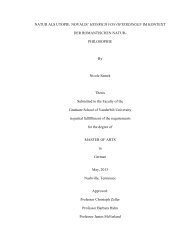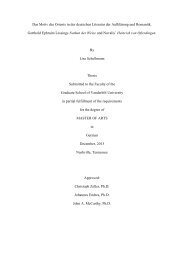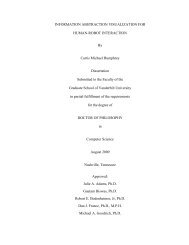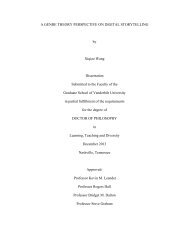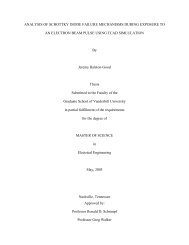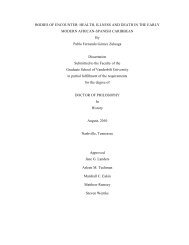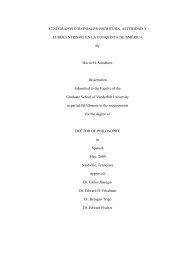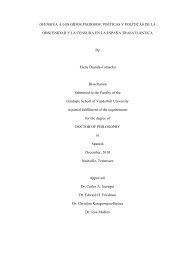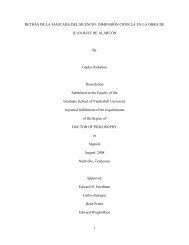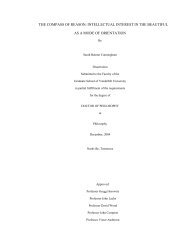EVIDENCE OF ACCRETION-GENERATED X-RAYS IN THE YOUNG ...
EVIDENCE OF ACCRETION-GENERATED X-RAYS IN THE YOUNG ...
EVIDENCE OF ACCRETION-GENERATED X-RAYS IN THE YOUNG ...
Create successful ePaper yourself
Turn your PDF publications into a flip-book with our unique Google optimized e-Paper software.
clusters. They found a strong correlation between the age of the cluster and the<br />
fraction of stars in each of the clusters that show infrared excesses characteristic of the<br />
presence of circumstellar disks. Starting with the youngest observed cluster ( 80%<br />
of cluster members possessed circumstellar disks), Haisch et al. (2001) found that the<br />
cluster disk fraction decreased to 50% with an increase in age of approximately 3<br />
Myr, suggesting that the overall disk lifetime of young stars is roughly 6 Myr.<br />
Wolk & Walter (1996) observed 39 stars with strong infrared excesses and found<br />
that some appeared to have “transition disks,” circumstellar disks that are in the<br />
process of dispersal and that are transitioning from optically thick to optically thin.<br />
By multiplying the fraction of stars observed to have transition disks with the mean<br />
age of the stars, they deduced that circumstellar disks have an optically-thick lifetime<br />
(the time it takes for the disk to go from optically thick to optically thin) of ⇠10 5 years.<br />
After that, the disks are dominated by micron-size dust grains. The presence of disks<br />
around stars older than a few million years is thought to be due to collisions of larger<br />
bodies within the disks. If these debris disks were primordial, then the detected dust<br />
out to ⇠10 AU should have been depleted in ⇠10 5 years due to Poynting-Robertson<br />
drag (Mamajeck et al., 2004). The lifetimes of optically thick and optically thin disks<br />
help to constrain planet formation theories in that we now know the typical periods<br />
of time during which there are reservoirs of material out of which planets can form.<br />
1.1.2 Circumstellar Accretion<br />
On occasion, material will be perturbed in the circumstellar disk and accrete<br />
onto the parent star through various mechanisms possibly involving gravitiational<br />
11



